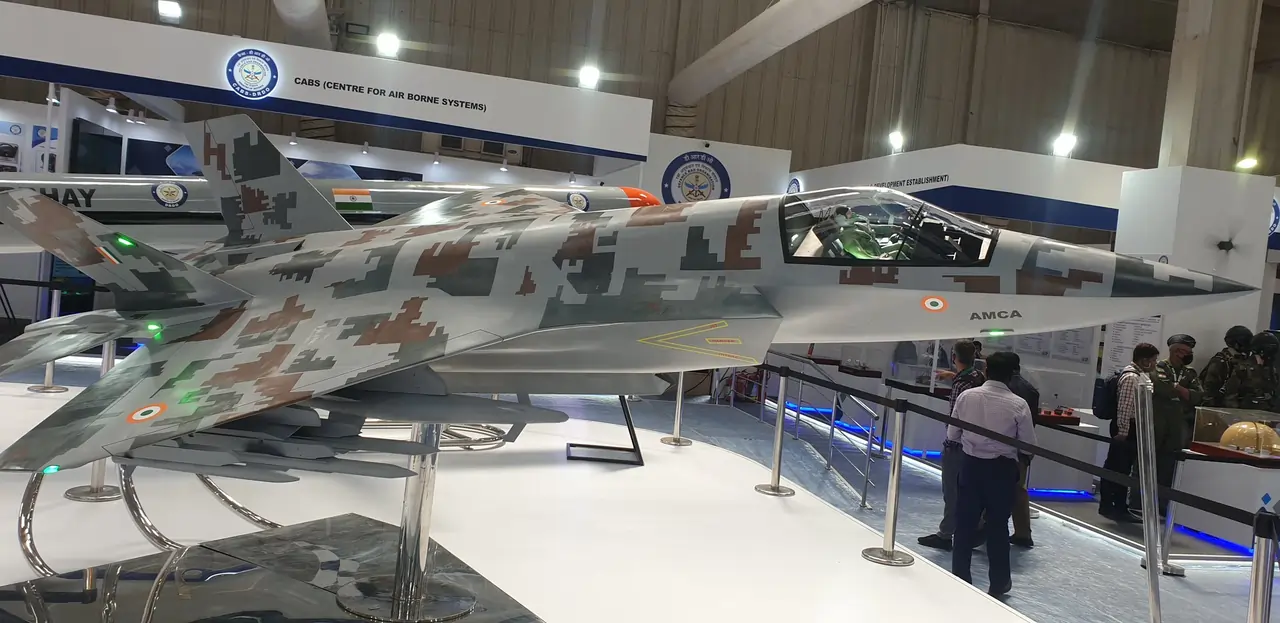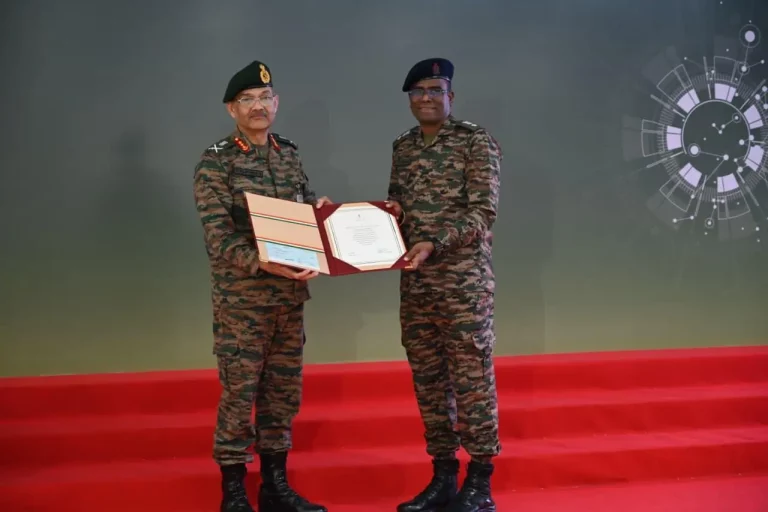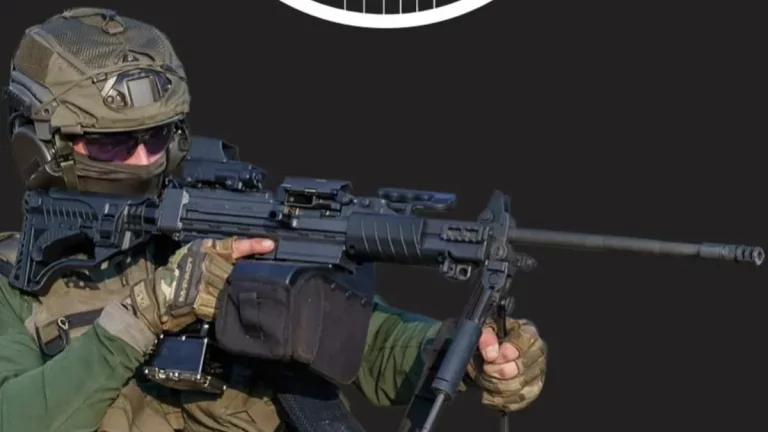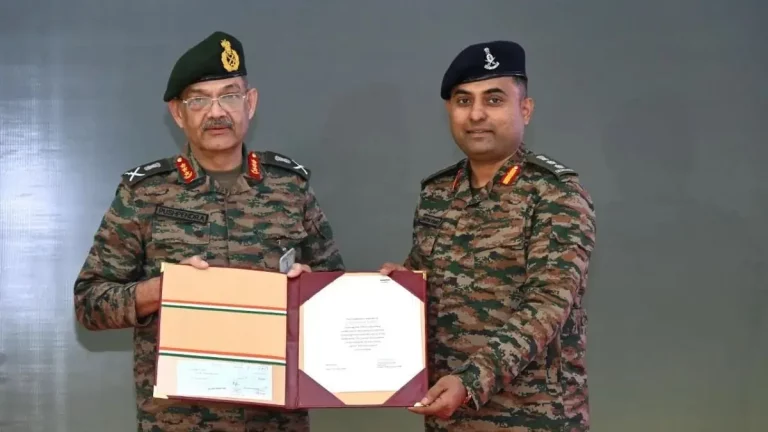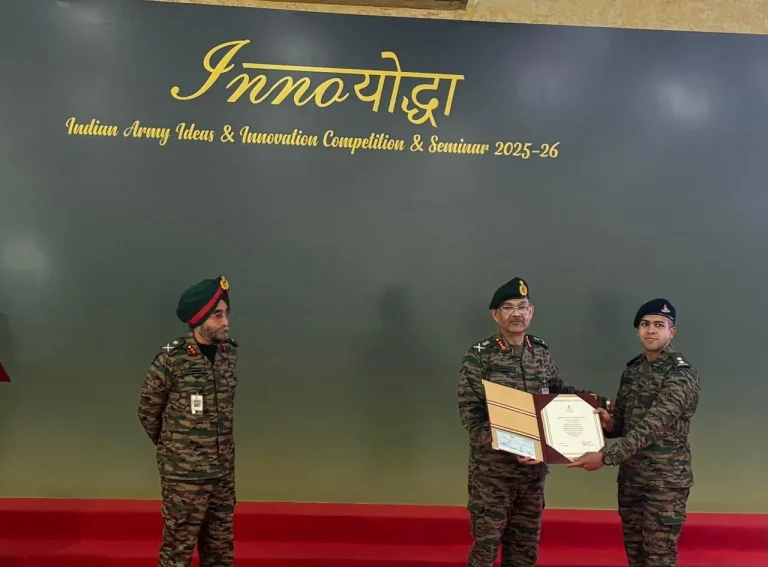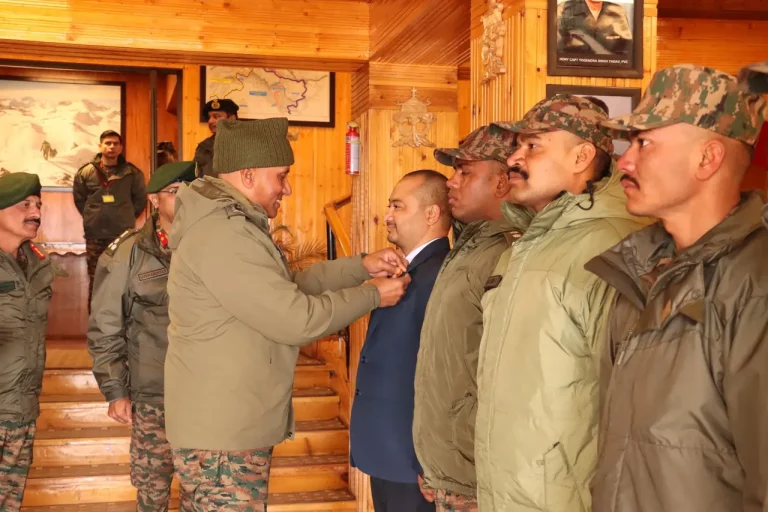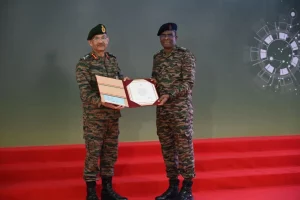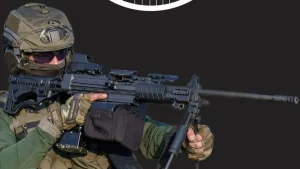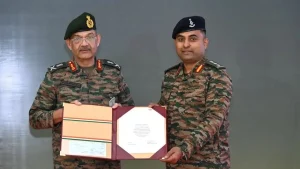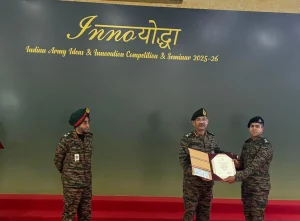Seven of India’s premier defense manufacturers have officially submitted bids to take part in the Advanced Multi-Role Combat Aircraft (AMCA) program, an ambitious initiative for developing a fifth-generation stealth fighter jet. The aircraft is expected to form the backbone of the Indian Air Force (IAF) by the mid-2030s, marking a significant leap in India’s aerial capabilities.
The Ministry of Defence has confirmed that prominent companies such as Hindustan Aeronautics Limited (HAL), Larsen & Toubro (L&T), Adani Defence, TATA Advanced Systems Ltd (TASL), and Kalyani Strategic Systems are among the bidders, accompanied by two private-sector firms. The selection process will be managed by a high-powered evaluation panel led by Dr. A. Sivathanu Pillai, a former DRDO scientist renowned for his contributions to the BrahMos missile program. The panel will scrutinize both technical and commercial attributes to ensure that selected entities possess the necessary advanced manufacturing capabilities, financial stability, and adept project management skills.
The AMCA program represents India’s most extensive military research and development effort to date, boasting an estimated budget of ₹15,000 crore allocated for the design, engineering, and construction of prototype aircraft. Upon successful validation of these prototypes, an initial order of 120 aircraft is envisaged, with long-term production potentially numbering in the hundreds over the next two decades. The considerable scale of this initiative establishes it as one of the most significant and potentially lucrative defense contracts in India’s history.
As part of the Expression of Interest (EoI) issued earlier this year by the Aeronautical Development Agency (ADA), the chosen partner is anticipated to deliver a fully operational prototype within eight years. Serial production is expected to start around 2035, conveniently coinciding with the decommissioning of older IAF aircraft like the MiG-29 and Mirage-2000.
Engineered with comprehensive fifth-generation capabilities, the AMCA incorporates features such as stealth shaping, radar-absorbing materials, advanced avionics with sensor fusion, AI-assisted piloting, and electronic warfare systems. Importantly, the aircraft is designed to promote manned-unmanned teaming (MUM-T), enabling it to engage in cooperative operations alongside autonomous drones in high-risk missions.
The initial developmental phase is focused on manufacturing four to five prototype aircraft aimed at validating stealth performance, sensor efficacy, and avionics. Insights gained from the Tejas program and Rafale integration are expected to expedite the testing process and enhance operational readiness.
Distinct from past programs that were predominantly led by HAL, the AMCA initiative embraces a competitive model that encourages participation from the private sector. Firms such as Adani, TATA, and L&T offer significant expertise in aerospace fabrication, systems integration, and international joint ventures, while Kalyani Strategic Systems brings specialized capabilities in defense components and metallurgy. HAL will maintain its important role, leveraging its extensive experience in fighter assembly, as seen in the Tejas and Su-30 programs.
Strategically, the AMCA program aims to furnish India with an indigenous stealth fighter capacity that competes with established models like the American F-35 and the Chinese J-31. Economically, it is expected to invigorate domestic supply chains, create thousands of skilled job opportunities, and promote innovation within the aerospace sector.
Looking ahead, the long-term vision includes developing subsequent MK-1 and MK-2 variants equipped with advanced indigenous engines, improved avionics, network-centric warfare capabilities, and prospective export opportunities. Once inducted, the AMCA is set to become the primary fighter for the IAF from 2035 to 2055, significantly bolstering India’s strategic autonomy in high-tech aerospace platforms and reducing dependence on foreign imports.
